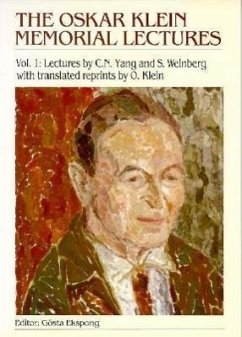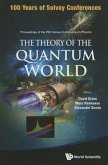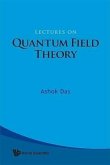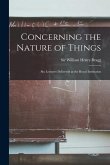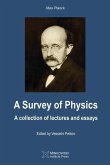"I strongly recommend to physicists and historians of science this handsomely produced slim, volume containing lectures by Yang (richly illustrated) and Weinberg on topics in which Klein had made important early steps, as well as a biographical sketch of Klein and some of his major papers." Abraham Pais (Rockefeller Univ.), 1991 "Of very good value are English translations from the French and German of some of O Klein's original papers together with one originally written in English ... Each reader should find something very interesting in this book and some of them may go through it with an unending excitement." Maurice Jacob (CERN) "This collection of essays memorializes Klein S Weinberg, who achieved partial unification of forces, albeit in four dimensions, surveys standard models of particle/astrophysics, and describes possible nonlinear modifications to quantum mechanics. C N Yang, who implanted non-Abelian gauge principles into physical theory, gives his views on symmetry in the past, present and future of physics. Reprints of several of Klein's papers, an affectionate biography and a charming autobiography round out the book, honoring Oskar Klein -- a man clearly ahead of his time." Roman Jackiw, MIT, 1991 "Oskar Klein was widely known through the Klein paradox, the Kaluza-Klein theory, the Klein-Gordon equation and the Klein-Nishina formula ... This book of a little more than 100 pages is charming. About half is dedicated to the lectures by Yang and Weinberg, and the remaining half to memorabilia of Oskar Klein. I specially enjoyed Weinberg's first lecture, after which the phrase 'the standard model' takes on a more healthy and skeptical meaning. The material on Oskar Klein makes the Nobel committee appear to have been possibly myopic not to have honored this modest and brilliant Swedish scientist while he was alive. I recommend the book without reservation as a priority choice for physics libraries." Paul H Frampton American Scientist, 1992

